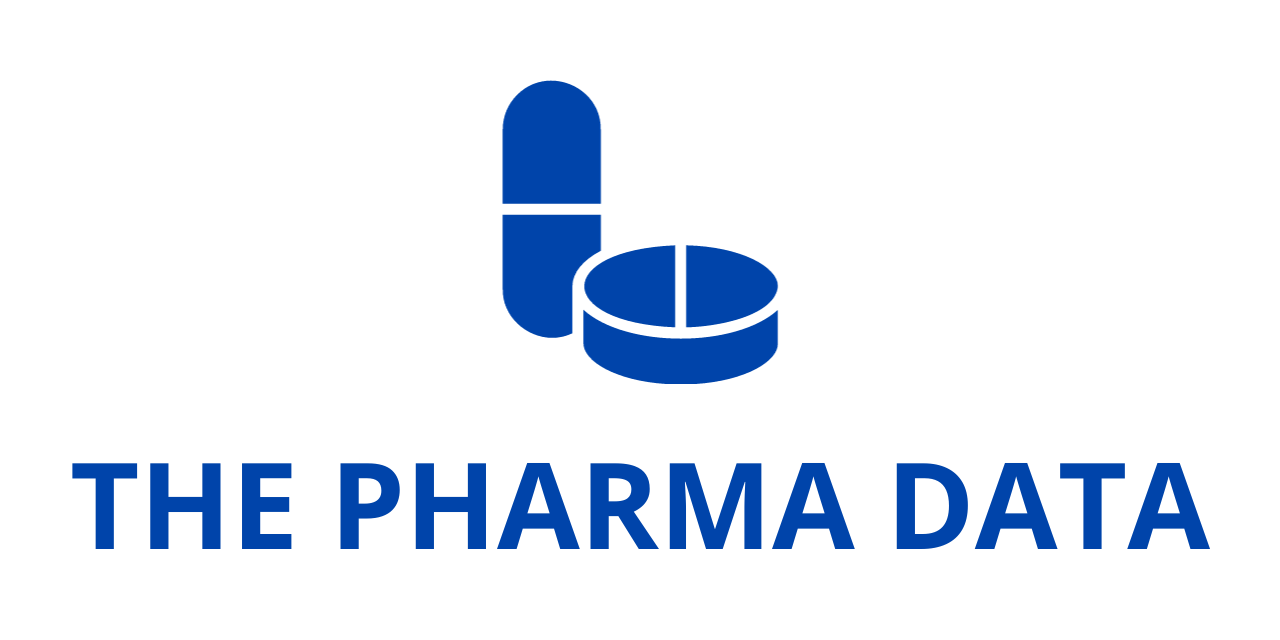
AstraZeneca’s Camizestrant Shows Landmark Efficacy in Advanced HR-Positive Breast Cancer with ESR1 Mutations in Phase III SERENA-6 Trial
In a pivotal breakthrough for hormone receptor (HR)-positive, HER2-negative advanced breast cancer, AstraZeneca’s investigational selective estrogen receptor degrader (SERD), camizestrant, has demonstrated a significant improvement in outcomes for patients whose tumors develop an emergent ESR1 mutation during first-line therapy. Data from the Phase III SERENA-6 trial revealed that switching to a camizestrant-based treatment regimen—paired with a cyclin-dependent kinase 4/6 (CDK4/6) inhibitor—resulted in a 56% reduction in the risk of disease progression or death compared to continued use of standard aromatase inhibitor (AI) therapy with a CDK4/6 inhibitor.
These landmark findings, shared during the Plenary Session at the 2025 American Society of Clinical Oncology (ASCO) Annual Meeting (abstract #LBA4) in Chicago and simultaneously published in The New England Journal of Medicine, underscore a paradigm shift in breast cancer treatment. The results validate the clinical utility of circulating tumor DNA (ctDNA) monitoring to detect emerging resistance early and adjust treatment preemptively—before disease progression occurs.
A New Approach: Proactive Switching upon ESR1 Mutation Emergence
SERENA-6 is the first global, double-blind, registrational Phase III trial to implement a ctDNA-guided treatment strategy in breast cancer. The trial enrolled postmenopausal women and men with HR-positive, HER2-negative advanced breast cancer who had not yet experienced disease progression but had developed an ESR1 mutation, an alteration in the estrogen receptor gene that is strongly associated with acquired resistance to aromatase inhibitors.
Patients in the trial were being treated with a standard-of-care AI (either anastrozole or letrozole) plus a CDK4/6 inhibitor (palbociclib, ribociclib, or abemaciclib). Upon detection of an emergent ESR1 mutation through routine ctDNA testing, participants were randomized to either continue their AI-based regimen or switch the AI to camizestrant while maintaining the same CDK4/6 inhibitor.
The results were compelling. The group that switched to camizestrant experienced a median progression-free survival (PFS) of 16.0 months, compared to 9.2 months in the group that remained on AI therapy. This translated to a hazard ratio of 0.44 (95% CI: 0.31–0.60; p<0.00001), confirming a highly statistically significant and clinically meaningful benefit.
Consistency Across Subgroups and CDK4/6 Inhibitor Classes
Notably, the PFS benefit of camizestrant was consistent across all three CDK4/6 inhibitors used in the study, suggesting its broad applicability across common treatment regimens. Furthermore, the benefit held across key patient subgroups, including different age groups, races, geographic regions, timing of ESR1 mutation detection, and mutation subtypes.
This uniform benefit profile speaks to the robustness of camizestrant’s mechanism of action as a complete estrogen receptor antagonist, making it potentially a best-in-class therapy among oral SERDs.
Quality of Life Preservation: A Key Outcome
Beyond delaying disease progression, the camizestrant regimen was also associated with a meaningful delay in quality-of-life deterioration. In an exploratory analysis using the EORTC QLQ-C30 questionnaire, camizestrant reduced the risk of global health status/quality of life deterioration by 47% (HR 0.53; 95% CI: 0.33–0.82; nominal p<0.001). Patients in the camizestrant arm experienced a median time to deterioration of 23.0 months, compared to just 6.4 months in the AI arm.
In addition, patients reported delayed deterioration in pain, which is particularly significant for maintaining function and daily well-being in individuals with metastatic disease. These findings highlight camizestrant’s potential not only to prolong life but to sustain a higher quality of life during treatment.
Interim Data Suggest Durable Benefit, Awaiting Survival Outcomes
At the time of this interim analysis, data for two key secondary endpoints—time to second disease progression (PFS2) and overall survival (OS)—were not yet mature. However, early signs are encouraging. A positive trend was seen for PFS2, with a hazard ratio of 0.52 (95% CI: 0.33–0.81; p=0.0038), although the pre-specified statistical threshold for interim significance (p=0.0001) was not met.
This suggests that camizestrant may provide prolonged clinical benefit beyond initial disease control, and ongoing follow-up will be crucial to fully understand its impact on long-term outcomes.
Expert Perspectives: A Shift in Clinical Paradigm
Dr. Nicholas Turner, Professor of Molecular Oncology at The Institute of Cancer Research and The Royal Marsden NHS Foundation Trust in London, and co-principal investigator of the SERENA-6 trial, described the results as “a pivotal moment in breast cancer care.”
He emphasized the trial’s proactive treatment strategy, stating:
“By treating developing resistance before it causes disease progression and deterioration in quality of life, we can extend the benefit of 1st-line treatment to optimise patient outcomes. These findings redefine how we think about resistance in HR-positive breast cancer.”
Susan Galbraith, Executive Vice President of Oncology R&D at AstraZeneca, also hailed the results as transformative:
“Camizestrant is the first and only next-generation oral SERD and complete estrogen receptor antagonist to show benefit in this setting. SERENA-6 is the first pivotal trial to demonstrate the clinical value of using ctDNA to guide therapy—redefining the standard-of-care.”
Safety Profile and Tolerability
The safety results in SERENA-6 were consistent with the known profiles of camizestrant and the CDK4/6 inhibitors used. Grade 3 or higher adverse events occurred in 60% of patients receiving camizestrant, compared to 46% of those on AI, which is attributed largely to the longer duration of exposure in the camizestrant arm. Most of the adverse events were hematologic and typical of CDK4/6 inhibitor treatment, including:
- Neutropenia: 45% (camizestrant) vs. 34% (AI)
- Anemia: 5% in both arms
- Leukopenia: 10% (camizestrant) vs. 3% (AI)
One unique side effect reported was photopsia, described as flashes of light in peripheral vision. This event did not impact daily activities, was reversible, and was not associated with structural eye damage or vision loss.
Importantly, treatment discontinuation due to adverse events was rare, occurring in only 1% of camizestrant-treated patients and 2% of those on AI.
Breakthrough Therapy Designation: FDA Recognizes Promise
In recognition of its potential to transform the treatment landscape, camizestrant has been granted Breakthrough Therapy Designation (BTD) by the U.S. Food and Drug Administration (FDA). The designation applies to camizestrant in combination with a CDK4/6 inhibitor for adult patients with HR-positive, HER2-negative, locally advanced or metastatic breast cancer who develop an ESR1 mutation during first-line endocrine-based therapy.
This designation will expedite the development and review of camizestrant, potentially bringing this novel therapy to patients more quickly.
A Transformative Step Forward in Precision Endocrine Therapy
The SERENA-6 trial delivers compelling evidence that a ctDNA-guided, mutation-driven treatment switch can dramatically improve outcomes for patients with HR-positive, HER2-negative advanced breast cancer. By addressing resistance before clinical progression, camizestrant sets a new benchmark in personalized oncology.
With a significant reduction in progression risk, preservation of quality of life, and a strong safety profile, camizestrant—AstraZeneca’s next-generation oral SERD—is poised to become a new backbone of endocrine therapy in the CDK4/6 inhibitor era.
As the oncology community continues to await mature overall survival data, the current findings already point toward a revolutionary shift in treatment strategy, one that may soon change the standard of care for thousands of patients worldwide.





